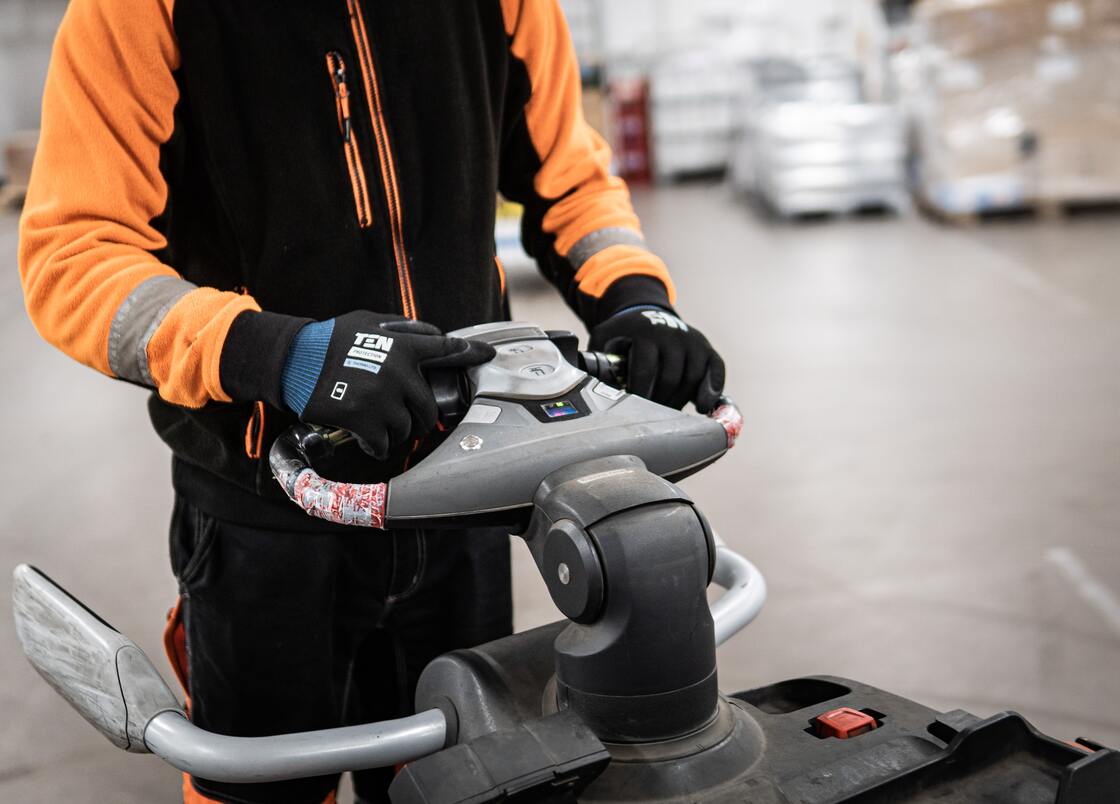Warehouses are among the most essential elements of our global supply chain. The packaging and shipping never stop, so warehouses expend lots of energy and emissions. Managers must do what they can to cut back on their warehouse energy consumption. Here’s why warehouse sustainability is so important, plus five must-know tips to achieve a greener warehouse.
Why Is Warehouse Sustainability Important?
Warehouse buildings aren’t neutral structures. They interact with the environment every day — and sometimes the interactions aren’t pleasant. One study found that a group of 3,000 warehouses in California contribute the most emissions in the state and contaminate the local air quality with hydrocarbons, nitrogen oxides and other gasses from their vehicles.
Warehouses also produce lots of waste, constantly consume electricity and have high water demands. For all of these reasons, it’s crucial that warehouse managers take workplace sustainability into account. Here are five effective ways to address these issues.
1. Use Eco-Friendly Packaging Materials
Warehouses go through tons of paper and plastic packaging. These materials might be cheap and easily obtainable, but they’re not eco-friendly. Paper products only get recycled at a 43.1% rate, while plastic takes hundreds of years to decompose in landfills. Consider switching to biodegradable or compostable packaging materials to reduce your warehouse’s waste, like:
- Corrugated bubble wrap
- Recycled cardboard and paper
- Cornstarch packaging
- Mushroom packaging
- Seaweed packaging
- Organic ecological textiles
- Edible films
It’s also important to implement a strict waste disposal policy for your packaging. Designate different piles for your cardboard, bubble wrap and other packaging categories so nothing gets mixed together.
2. Install HVLS Fans
Warehouses tend to have poor indoor air quality because of all the machinery operating in a confined space. Their limited air circulation also makes areas stuffy and uncomfortable. The HVAC system has to work overtime to keep the warehouse cool, which expends unnecessary energy and adds to your utility bills.
Install high volume, low speed (HVLS) fans around the warehouse to keep the air moving and lighten the load on your HVAC system. HVLS fans will prevent warm air from gathering at the warehouse’s ceiling and create a more comfortable, energy-efficient working environment.
3. Switch to Electric Equipment
Operating gas or diesel-powered equipment in warehouses releases carbon emissions into the environment and contributes to a less comfortable workplace. You should strongly consider switching to electric machinery for several reasons. They don’t have any emissions, so your warehouse and community will have cleaner air.
Plus, electric vehicles tend to have much longer lives than diesel vehicles. For example, electric forklifts have an operating life of up to 14,000 hours while their diesel counterparts rarely last more than 10,000 hours. This is because battery maintenance is easier than engine maintenance and the lead-acid batteries stabilize the machines and improve their performance.
4. Build Cool Roofing
One of the reasons warehouses overheat so easily is because the roofing absorbs heat from the sun all day. You can solve this problem by building a simple cool roofing system. Cool roofing consists of light-colored reflective materials and special paints that deflect the sun’s UV rays away from the building instead of absorbing them.
5. Upgrade Your Light Fixtures
Lighting is one of the costliest parts of a warehouse in terms of energy efficiency. Upgrading to fluorescent and LED lights can reduce your lighting energy requirements by as much as 90% if you use them responsibly. These lights will also improve visibility and add more visual appeal to the warehouse, improving the employee experience.
Contribute to a Greener Future
Warehouses have lots of room for improvement when it comes to sustainability. You can contribute to a greener future and improve worker satisfaction by appreciating the importance of eco-consciousness and making these adjustments.
Author Bio:
Rose Morrison is the managing editor of Renovated.com, and has over 5 years of writing experience in the industry. Her work has been featured on The National Association of Realtors, the American Society of Home Inspectors, and other reputable publications. For more from Rose, you can follow her on Twitter.


